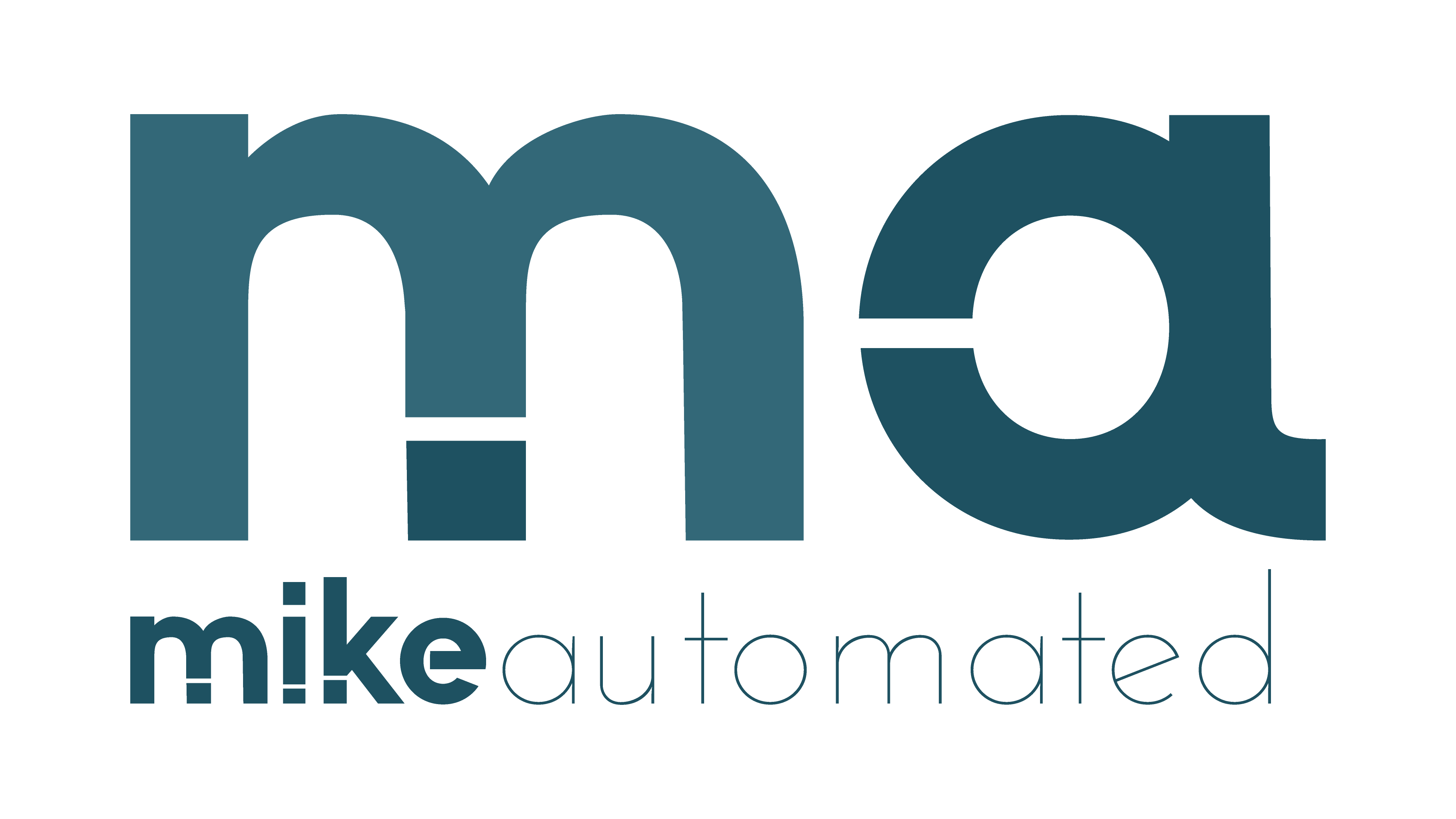TL;DR:
- Generative AI involves algorithms that create content such as text, images, music, and more.
- It relies on machine learning models, primarily neural networks, to generate unique outputs.
- Popular Generative AI tools include ChatGPT, DALL-E, and others in various creative domains.
- Applications range from content creation to healthcare, gaming, and design industries.
- Ethical considerations like bias and misuse are critical to its responsible deployment.
What is Generative AI?
Generative AI refers to technology that uses artificial intelligence (AI) to generate content. This includes text, images, audio, videos, and even code. Unlike traditional AI systems that analyze or predict based on existing data, generative AI creates something entirely new. It achieves this by learning patterns from vast datasets, then using them to produce outputs that mimic human creativity. Essentially, Generative AI tools use machine learning models, especially neural networks, to understand and replicate content forms, like writing natural language or drawing intricate images. Examples of popular generative AI platforms include OpenAI’s ChatGPT for text generation and DALL-E for image creation.How Does Generative AI Work?
1. Training with Data
The foundation of generative AI lies in training. Neural networks, such as Generative Adversarial Networks (GANs) or Variational Autoencoders (VAEs), process massive datasets. For instance, a text generation model trains on diverse content, including books, articles, and websites, to learn language patterns.2. Algorithms and Neural Networks
Two main types of neural networks power generative AI:- Generative Adversarial Networks (GANs): These consist of two neural networks – a generator and a discriminator – that work together to create realistic outputs.
- Transformers: Models like GPT-4 are transformer-based architectures designed for understanding and widely generating language content.
3. Generating Outputs
Once trained, the models can generate outputs. For example, ChatGPT takes input prompts and creates text responses. Similarly, DALL-E uses text prompts to create images by interpreting descriptions into visual elements.Real-World Applications of Generative AI
1. Content Creation
Generative AI is a game-changer for content creators. Writers, marketers, and social media managers use AI tools like Jasper or ChatGPT to craft engaging text for blogs, ads, or even fiction. It streamlines workflows and boosts productivity.2. Art and Design
Visual platforms, such as DALL-E and MidJourney, transform the way digital art and designs are created. These tools make creating high-quality, custom visuals much faster and cost-effective. Even individuals with no design experience can produce professional-looking graphics.3. Healthcare
In medicine, generative AI assists in drug discovery and generating synthetic medical data for research. For example, AI algorithms simulate molecular designs or forecast the effects of drugs, speeding up the development process.4. Gaming and Entertainment
Generative AI contributes to creating dynamic in-game environments, characters, and storylines. Developers use these technologies to enhance immersion in games or produce novel special effects in movies.5. Education and Training
AI-driven educational tools generate personalized study materials based on a student’s learning style. For example, platforms like Scribe AI assist with automated lesson plans and summaries.Benefits of Generative AI
Why is generative AI growing across industries? Here are its key advantages:- Cost Efficiency: Automates repetitive tasks, saving time and labor expenses.
- Increased Creativity: Assists creators in exploring new ideas, enhancing human imagination.
- Scalability: Can create vast amounts of content in real-time, suitable for businesses or high-demand requirements.
- Accessibility: Reduces barriers for non-experts, bringing creative tools like design and writing to everyone.
Challenges and Ethical Considerations
Bias in AI Models
Generative AI often reflects biases present in its training data. For example, an image creation tool might unintentionally favor stereotypes when generating visuals, highlighting the necessity for ethical design.Possible Misuse
Generative AI technologies open avenues for misuse, such as creating deepfakes or spreading misinformation. Safeguards are crucial to prevent harm, especially in digital media.Copyright Concerns
There’s ongoing debate surrounding ownership of created content. For example, if an AI generates artwork, its copyright status—belonging to the user, the platform, or neither—is often uncertain.What Lies Ahead for Generative AI?
Generative AI has tremendous growth potential. As training datasets improve and models become more refined, the outputs will grow even more accurate and creative. However, ethical boundaries, transparent algorithms, and global regulations will play a critical role in shaping its direction.How Can You Get Started with Generative AI?
- Explore free tools like ChatGPT or DALL-E to familiarize yourself with generative AI capabilities.
- Search for beginner-friendly tutorials on platforms like YouTube or Coursera if you’re a developer aiming to build your own models.
- Focus on ethical usage, adopting tools responsibly and considering their societal impact.



